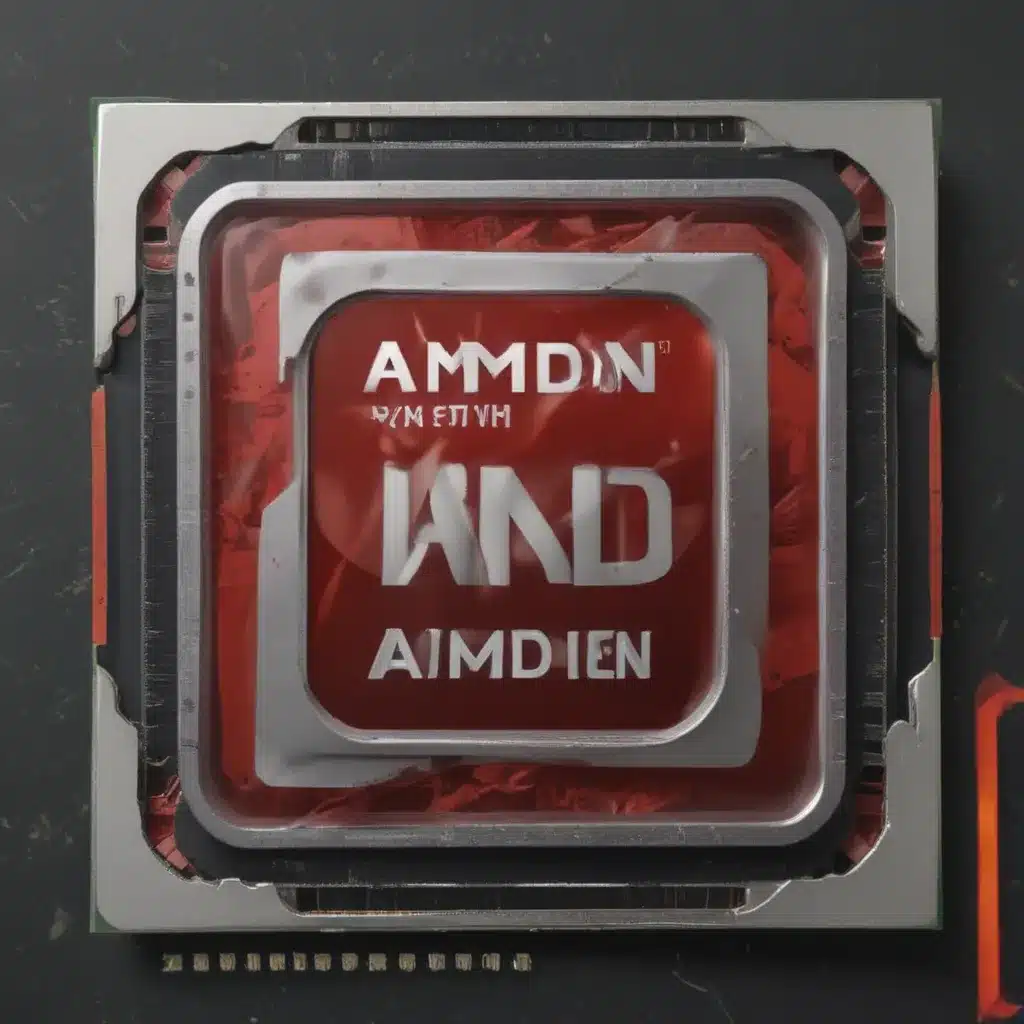Upgrading to a New CPU? Don’t Stress, I’ve Got You Covered!
As someone who’s been tinkering with computers since I was knee-high to a grasshopper, I know the excitement and trepidation that comes with upgrading your CPU. It’s like taking your old car in for a shiny new sports model – the power and potential is exhilarating, but the process can be a bit daunting.
Well, fear not, my fellow tech enthusiasts! In this comprehensive guide, I’ll walk you through the best practices for upgrading to a new AMD CPU, drawing from my own experience and the collective wisdom of the internet [1][2][3]. Whether you’re making the jump from an older Ryzen chip to the latest and greatest, or swapping out an Intel processor for the red team’s offering, I’ve got you covered.
Understanding the Basics
First things first, let’s talk about why you might want to upgrade your AMD CPU in the first place. Maybe you’re a hardcore gamer looking to squeeze every last drop of performance out of your system, or perhaps you’re a content creator who needs the extra cores and threads for those data-crunching workloads. Heck, you might even be like me – a self-proclaimed “tech enthusiast” who just loves the thrill of building and tinkering.
Regardless of your motivations, the process of upgrading your AMD CPU is relatively straightforward. The key is to make sure you’re properly prepared and take the necessary precautions to ensure a smooth transition. After all, the last thing you want is to end up with a fancy new processor and a non-functioning computer, right?
Preparing for the Upgrade
Before you even think about cracking open that case, there are a few crucial steps you need to take. First and foremost, you’ll want to make sure your motherboard is compatible with the new AMD CPU you’ve got your eye on. This is crucial, as mixing and matching different chipsets and sockets can lead to all sorts of compatibility issues.
Once you’ve confirmed the compatibility, it’s time to start planning your upgrade strategy. Will you be keeping your existing storage drives and other components, or are you going for a full system overhaul? If you’re keeping your existing drives, you’ll need to decide whether you want to reinstall Windows or try to carry over your current installation.
The Reinstallation Dilemma
Now, this is where things can get a bit tricky. When it comes to upgrading your CPU, there’s no one-size-fits-all answer as to whether you need to reinstall Windows or not. It really depends on the specific components you’re swapping out and the generations involved.
As a general rule of thumb, if you’re upgrading within the same CPU family (like going from a Ryzen 2700 to a Ryzen 5900X), you may be able to get away with a simple drop-in replacement [1]. The system should recognize the new CPU and adjust accordingly without the need for a full reinstallation.
However, if you’re making a more substantial jump, like moving from an Intel processor to an AMD chip, or switching between completely different CPU generations, a full Windows reinstallation is often the safest bet [2]. This ensures that you’re starting with a clean slate and avoiding any potential software conflicts or driver incompatibilities.
Maximizing Performance and Stability
Once you’ve got your new AMD CPU installed and your operating system up and running, it’s time to start optimizing your system for peak performance. This might involve tweaking BIOS settings, installing the latest drivers and software updates, and perhaps even a little overclocking (for the brave souls among us).
One thing to keep in mind is that your CPU upgrade may also require you to upgrade other components, like your power supply or cooling system. After all, those beefy new AMD chips can be real power-hungry, and you don’t want to risk overheating or system instability.
Wrapping it Up
Upgrading your AMD CPU can be an exciting and rewarding experience, but it’s important to approach it with a plan and a healthy dose of caution. By following the best practices outlined in this guide, you can ensure a smooth and painless transition, and enjoy the full benefits of your shiny new processor.
Remember, the key is to take your time, do your research, and don’t be afraid to lean on the vast wealth of knowledge available online [1][2][3]. With a little bit of preparation and a lot of patience, you’ll be gaming, crunching data, and tinkering away in no time.
So, what are you waiting for? Get out there and start planning your AMD CPU upgrade!













